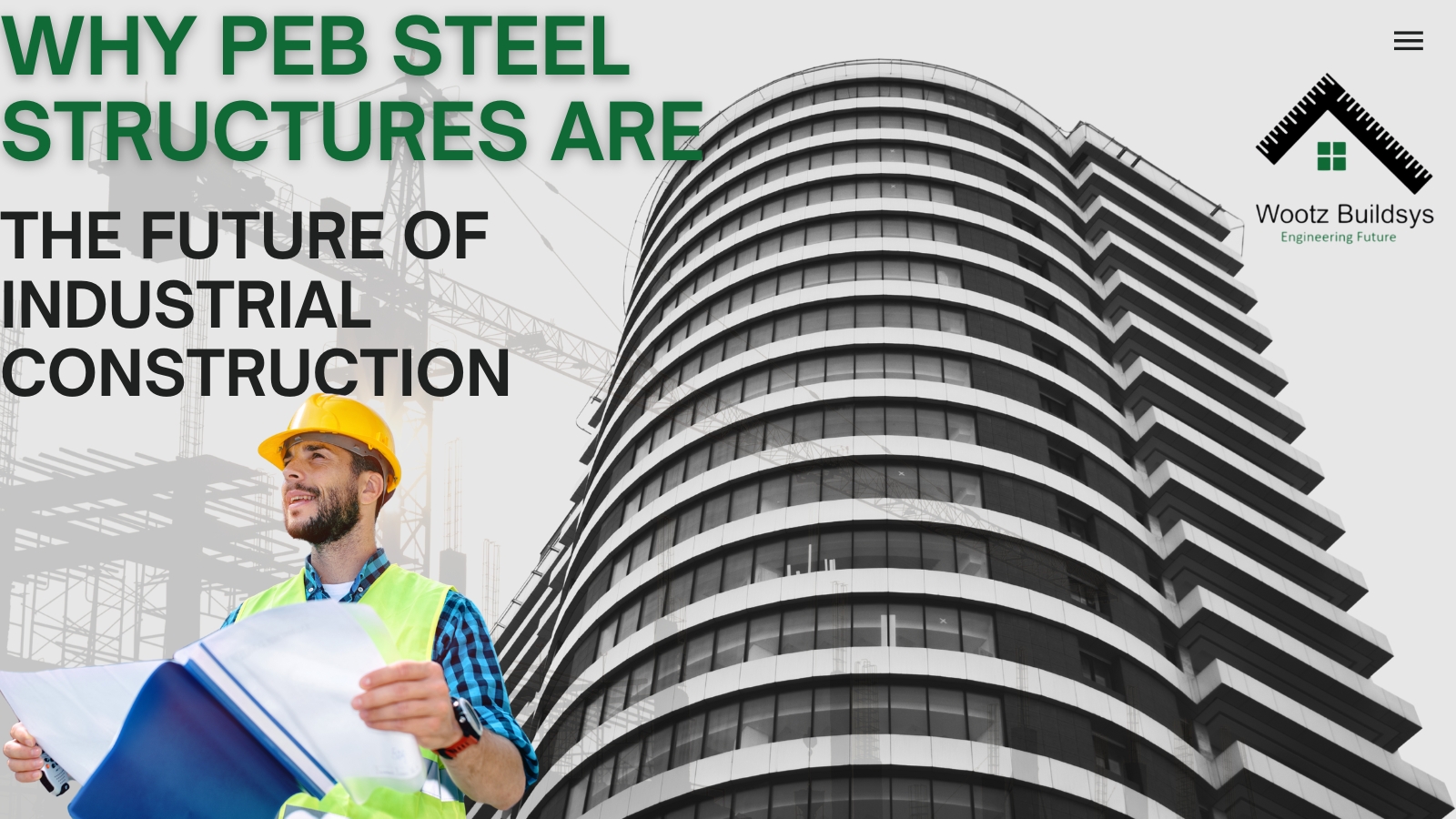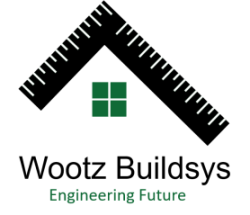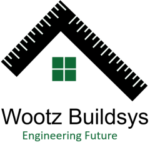
In the ever-evolving world of industrial construction, efficiency, sustainability, and speed are no longer optional—they’re essential. With increasing demands for faster project delivery, lower costs, and flexible design solutions, PEB steel structures have emerged as the frontrunners in reshaping how industries build today.
What makes PEB steel structures so impactful and why they are being widely adopted for warehouses, factories, logistic parks, data centers, and more across India and the world.
What Is a PEB Steel Structure?
A PEB steel structure—short for Pre-Engineered Building—is a building system designed and fabricated in a factory using prefabricated steel components. These components are then shipped to the site and assembled quickly using bolted connections, minimizing the time spent on-site.
Key Characteristics:
- Pre-designed structural elements
- Factory-fabricated steel frames
- Modular and scalable design
- Assembled quickly with minimal site disruption
This method drastically reduces lead times compared to conventional construction, making it the go-to choice for industrial applications.
Why Are PEB Steel Structures the Future?
Let’s dive into the specific advantages that make PEB steel structures an inevitable shift in the industrial sector:
1. Unmatched Speed of Construction
Time is money in any industry. With PEBs, structural components are fabricated simultaneously while site work is being done—cutting construction time by 30–60% compared to RCC or conventional steel buildings.
Example: A 50,000 sq.ft. warehouse can be made operational in as little as 3–4 months with a PEB, versus 6–9 months with RCC.
2. Cost-Effective Over the Project Lifecycle
While the upfront material cost for steel may seem higher, PEB steel structures significantly reduce:
- Labor costs
- Equipment rental
- Material waste
- Project management overhead
They also allow early occupancy, translating into faster returns and lower financing costs.
3. Flexible and Scalable Designs
PEB systems are inherently modular. Need to expand your factory floor in two years? Simply extend the bay system without altering the core structure.
- Clear spans up to 100m
- Easy to add mezzanines or extensions
- Compatible with cranes, solar panels, HVAC, etc.
This flexibility is invaluable in industries that experience fluctuating production needs or growth cycles.
4. Sustainability and Green Building Potential
Steel is 100% recyclable, and factory-controlled fabrication minimizes waste and emissions. PEB structures are ideal for sustainable construction thanks to:
- Lower embodied carbon
- Less water and energy consumption on site
- Compatibility with solar, rainwater harvesting, and natural lighting
Companies aiming for green certifications like LEED or GRIHA benefit from PEB systems.
5. Superior Quality Control
Conventional construction heavily depends on on-site labor skills and environmental conditions. PEBs, however, are manufactured under strict ISO-certified quality control systems in a factory environment, ensuring:
- Higher precision
- Uniform quality
- Fewer errors and rework
This leads to better safety, consistency, and long-term durability.
6. Excellent Structural Performance
PEB steel structures are engineered to be strong and lightweight. They offer:
- High load-bearing capacity
- Resistance to earthquakes and high wind speeds
- Long spans without intermediate columns (ideal for logistics and assembly lines)
Combined with fast erection and minimal foundation loads, this makes them perfect for regions with poor soil or seismic activity.
7. Design-Build Synergy
PEBs encourage a design-build approach where architects, structural engineers, and contractors collaborate from day one. This reduces change orders, avoids delays, and makes the entire process more efficient and predictable.
This is particularly valuable for fast-paced industrial projects where time-to-market is critical.
Ideal Applications of PEB Steel Structures
PEB steel structures are now common across a wide variety of sectors:
| Sector | PEB Applications |
| Manufacturing | Production units, fabrication plants |
| Warehousing | Cold storage, fulfillment centers |
| Logistics | Distribution hubs, container terminals |
| Infrastructure | Railway stations, bus depots |
| Aviation | Hangars, MRO facilities |
| Agriculture | Storage sheds, dairy processing units |
| Data Centers | Prefabricated server enclosures |
PEBs are also being used in:
- Schools and institutional buildings
- Large exhibition halls
- Retail hypermarkets
Case Study: PEB vs RCC in a Factory Project
Let’s compare a typical industrial shed of 40,000 sq.ft. using both methods.
| Feature | PEB Steel Structure | RCC Structure |
| Construction Time | 4 months | 7–8 months |
| Foundation Load | Lighter (shallow) | Heavier (deep) |
| Flexibility for Future | High | Low |
| Waste & Cleanup | Minimal | High |
| Skilled Labor Required | Medium | High |
Conclusion: PEB wins in time, cost, flexibility, and sustainability.
The Future Is Steel—and It’s Pre-Engineered
With every project, PEB steel structures prove themselves to be faster, smarter, and more sustainable. In a construction landscape driven by deadlines and rising costs, PEBs offer unmatched value.
And as design technology (like BIM) and supply chains evolve, PEBs will only get more efficient and versatile.
At Wootz, we specialize in delivering high-performance PEB solutions tailored to your industrial needs—from initial design to final assembly. Whether you’re building a logistics park, an industrial unit, or a data center, we’re ready to help you future-proof your infrastructure.
Ready to Build Smarter?
Contact us today to discuss how a PEB steel structure can transform your next industrial project.
Frequently Asked Questions (FAQs)
1. What is a PEB steel structure?
A PEB steel structure (Pre-Engineered Building) is a building system where steel components are pre-designed and fabricated in a factory. These components are then transported to the site for fast assembly using bolted connections, minimizing on-site labor and construction time.
2. What are the main benefits of using a PEB steel structure?
The primary benefits of PEB steel structures include reduced construction time, lower overall costs, design flexibility, higher quality control, sustainability, and the ability to scale and expand the building with ease.
3. Is a PEB steel structure more cost-effective than traditional RCC construction?
Yes, PEB steel structures are often more cost-effective than traditional RCC (Reinforced Cement Concrete) structures. They reduce labor, material waste, and project management costs, while also allowing faster occupancy, leading to quicker returns on investment.
4. How long does it take to construct a PEB building?
The construction time for a PEB steel structure is typically 30–50% faster compared to traditional RCC buildings due to the prefabrication process and efficient on-site assembly.
5. What types of buildings are suitable for PEB steel structures?
PEB steel structures are ideal for industrial buildings such as warehouses, factories, logistic centers, data centers, and distribution hubs. They are also used in agriculture, aviation (hangars), and commercial buildings.
6. Are PEB steel structures durable and safe?
Yes, PEB steel structures are designed for durability. They are lightweight, strong, and resistant to extreme weather conditions such as high winds and earthquakes. With proper maintenance, they can last for 50+ years.



